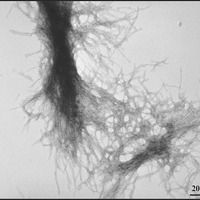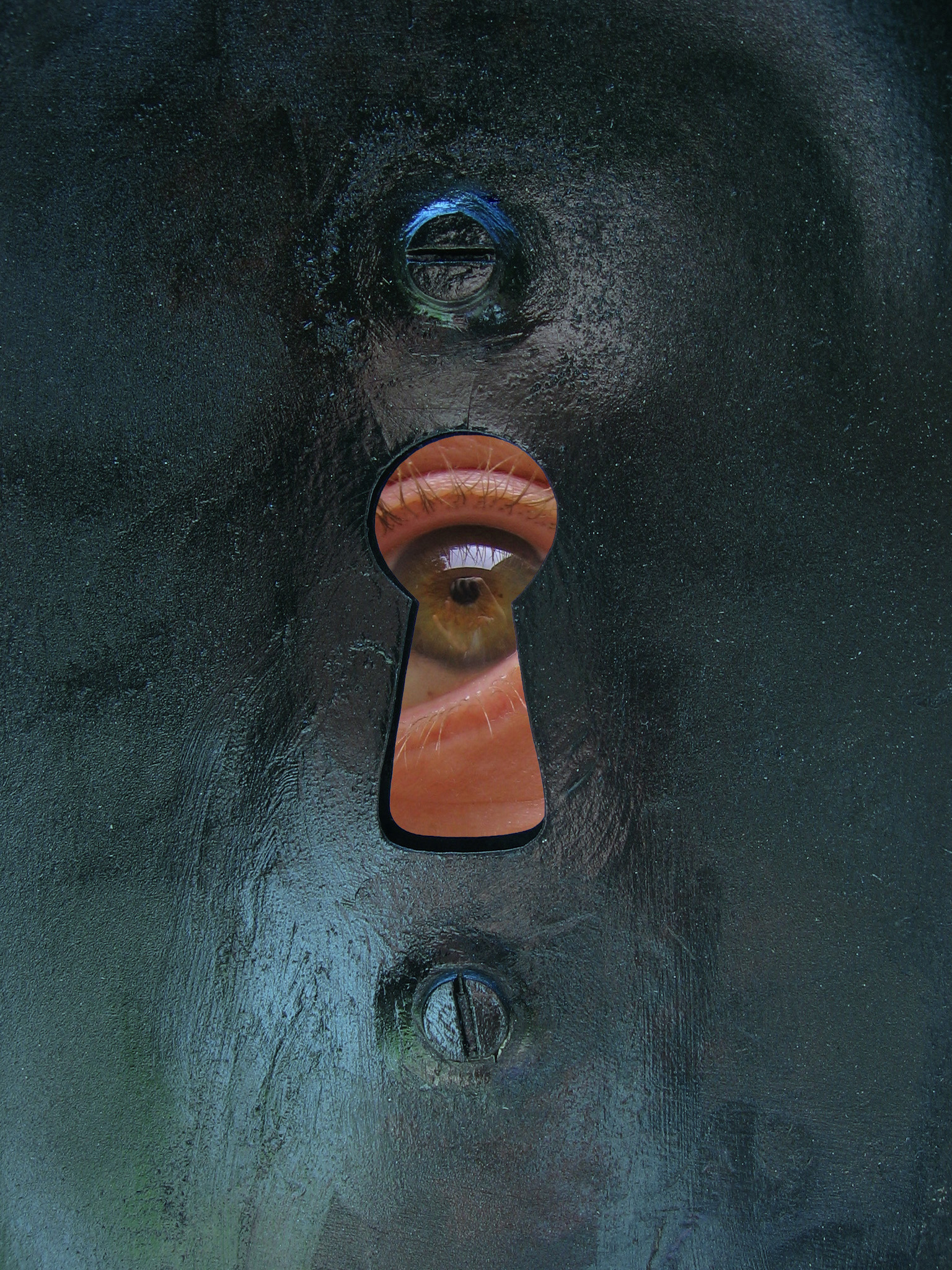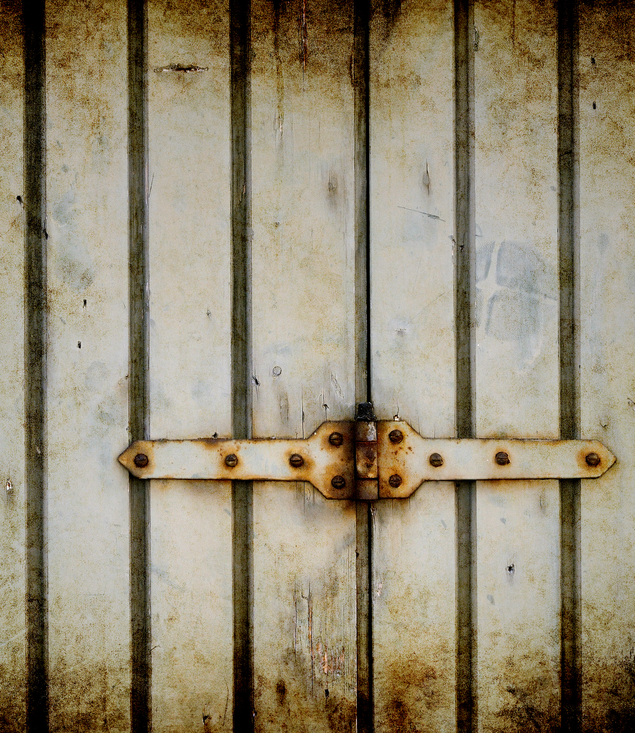cell-model
-

Huntingtin takes a trip: harmful proteins pass between brain cells
Harmful misfolded huntingtin can travel between brain cells via messenger particles called exosomes
By Dr Leora Fox -

A Few Bad Seeds: Using Brain Fluid to Grow Clumps in Brain Cells
HD brain fluid makes brain cells grow clumps.
-

Taking new targets to the bank: the DNA repair protein ‘ATM’ is overactive in Huntington's disease
HD causes the normally helpful protein "ATM" to get a little overzealous. Now we can look for drugs to settle it down
-

Unlocking the Potential of Antibodies as a Therapy for Huntington’s Disease
Antibodies are known for their role in immunity, but researchers repurpose them in many ways. Can they be used in HD?
-

Turning skin cells into brain cells: a Huntington's disease research breakthrough?
Scientists can now change human skin cells into working neurons, like the ones that are most affected in HD.
-

NUB1: enhancing clearance to decrease mutant huntingtin
NUB1 increases mutant huntingtin removal from cells, reducing the toxic effects of HD in fruit flies
-

Joint HDBuzz Prizewinner: Yeast studies suggest a new way to protect cells from 'oxidative damage'
Researchers identify Gpx1, a protein that may be protective in HD. An existing drug can mimic its antioxidant effect.
By Dr Leora Fox -

New study sheds light on regional degeneration in HD
Why do certain brain cells die in HD? New research suggests is may be due to the efficiency of cellular recycling
-

Does a 'rusty hinge' cause Huntington's disease?
Canadian scientists have found that the mutant huntingtin protein is less flexible than normal.
-

The 'N17' region of huntingtin protein: an address label in Huntington's disease?
New research sheds light on where the huntingtin protein ends up inside our cells, and why